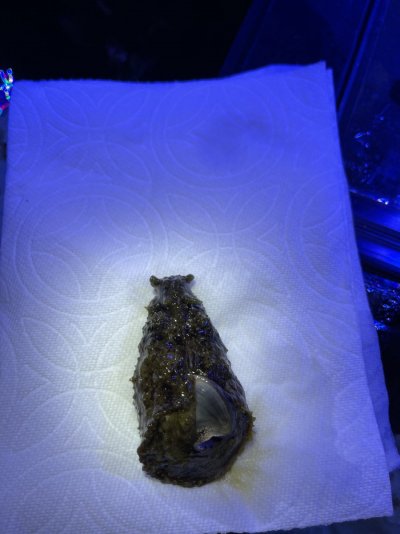- Joined
- Feb 11, 2019
- Messages
- 86
- Reaction score
- 49
hey guys, i've been in the hobby for some time now but have recently been experiencing some tank issues i cant diagnose. Looking for someone with experience on stray voltage as I believe that may be the case. Recently lost my entire stock list due to an ich outbreak, added a mimic tang that randomly died two days after introduction, the other fish in the tank at the the time ( Blue hippo, powder brown, tomini tang, and pair of tomato clowns) had been in for some time and based on my research they could have built a tolerance to the voltage and the new fish may have just not handling it well ? that all went down about a month ago, since then my tank has had one fish (cleaner wrasse) and coral. I have also had a hair algae outbreak ive been trying to get ahead of since then but my cleaner crew is not doing so hot. I recently pulled my second sea hair out that has randomly died a week after adding, I have kept them before with long term success, just not recently. One thing I have noticed with the two sea H after death is that their backs open into a line and what i'm assuming is their stomach comes out. On top of this my hermit crabs seem to be ok but my larger Mexican turbos and other larger snail not including (Nassariuss snail) are what seems like a mode of paralysis, they do not move much and are unable to flip over or even attempt it, Levels check out and perimeters are in check, any one else experience these behaviors before ?

















